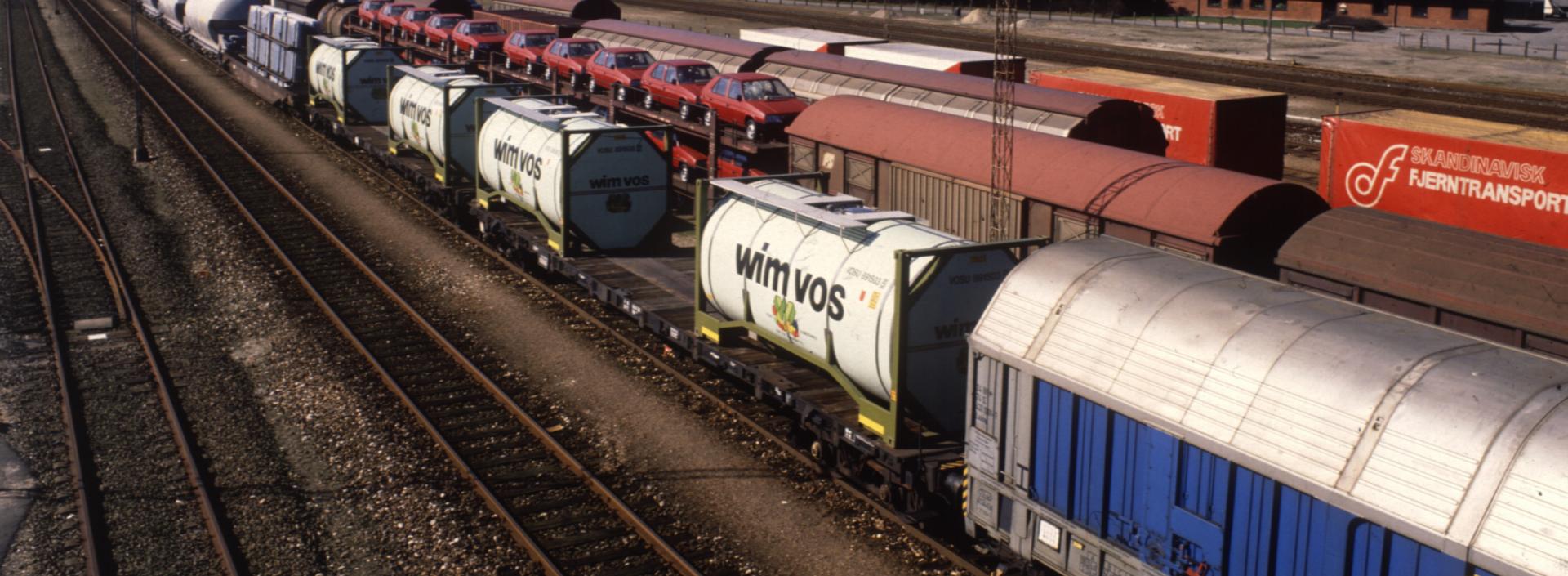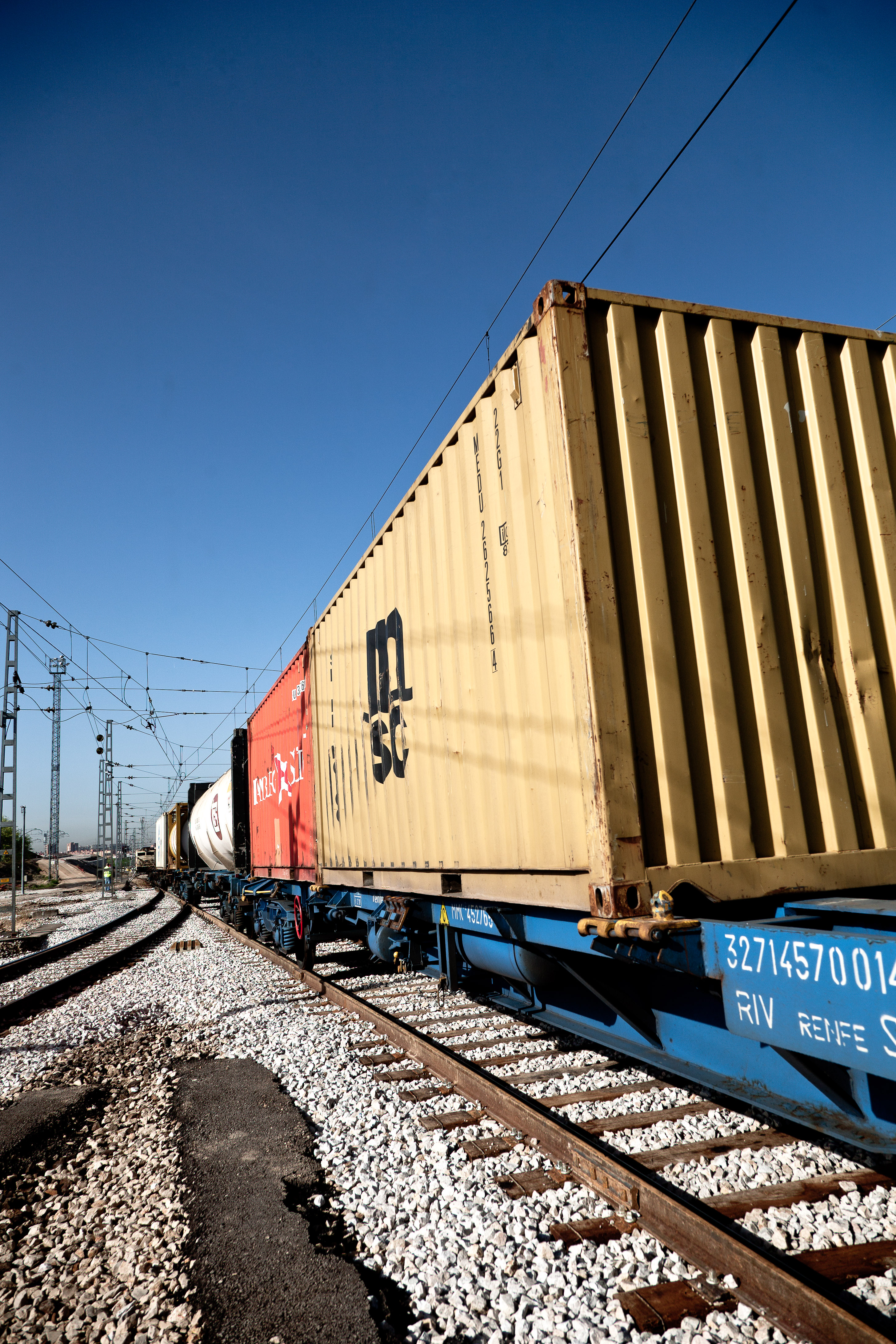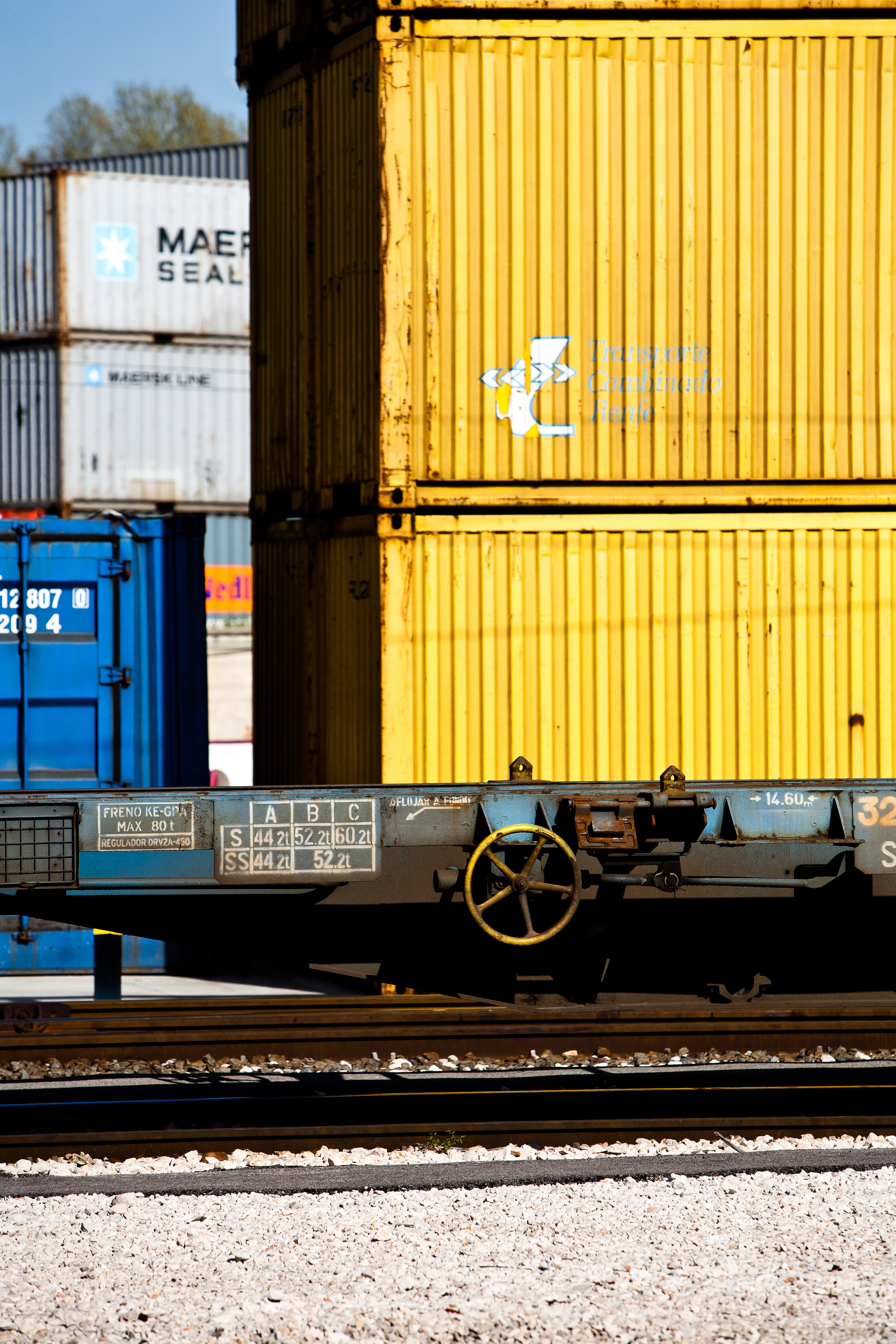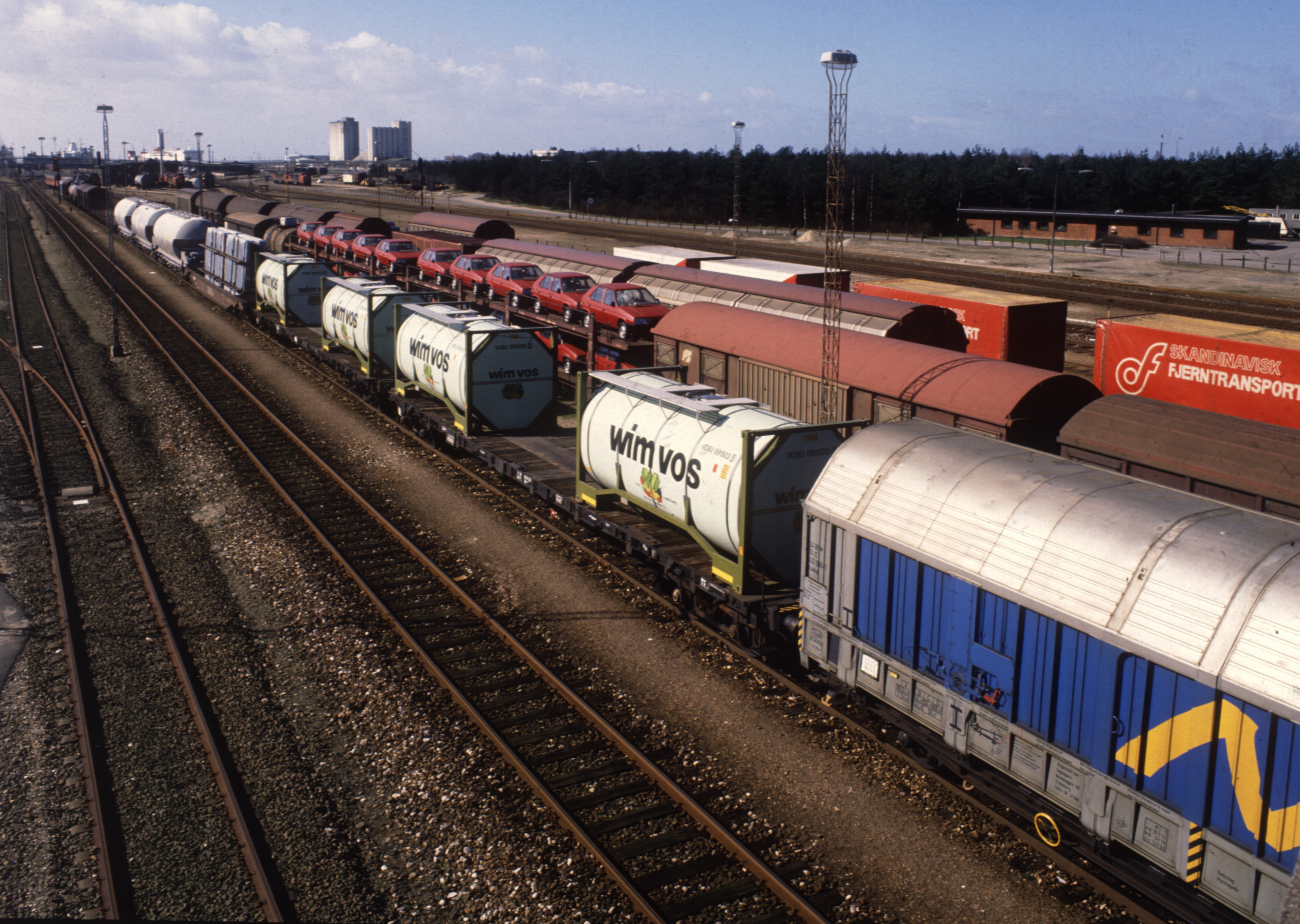Europe is sewn together with a network of supranational routes comprising a complex mesh. A series of tracks that are indispensable to the development and proper functioning of the single market, as they guarantee the free movement of goods, people and services.
The aim of the trans-European networks (TENs) is to connect European regions using modern, effective infrastructure that goes beyond simply juxtaposing national networks. The priority objective of European transport policy is to guarantee the effectiveness and sustainability of trans-European transport, as well as taking common actions to resolve problems which it would be less rational for individual member states, regions or cities to address.
Ineco is an active participant in various projects related to these networks, with the work on technical and operational interoperability being worthy of particular mention. Moreover, the company developed the Spanish work plan for the Atlantic Corridor study in 2014, and has supported the Ministry of Public Works and Adif in drawing up studies and plans to adapt the Mediterranean Corridor to international gauge. Ineco is currently participating in studies to update and enlarge work plans for the Atlantic and Mediterranean corridors, both of which are to be developed in the 2015–2017 period.


























